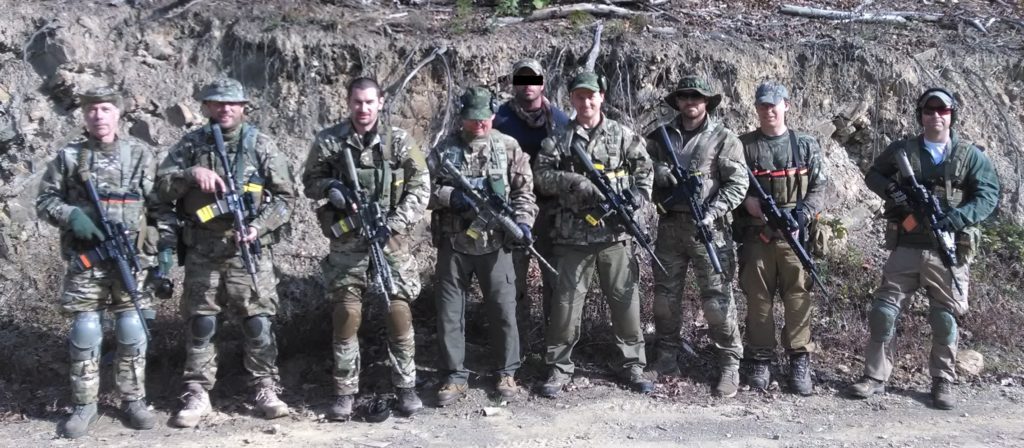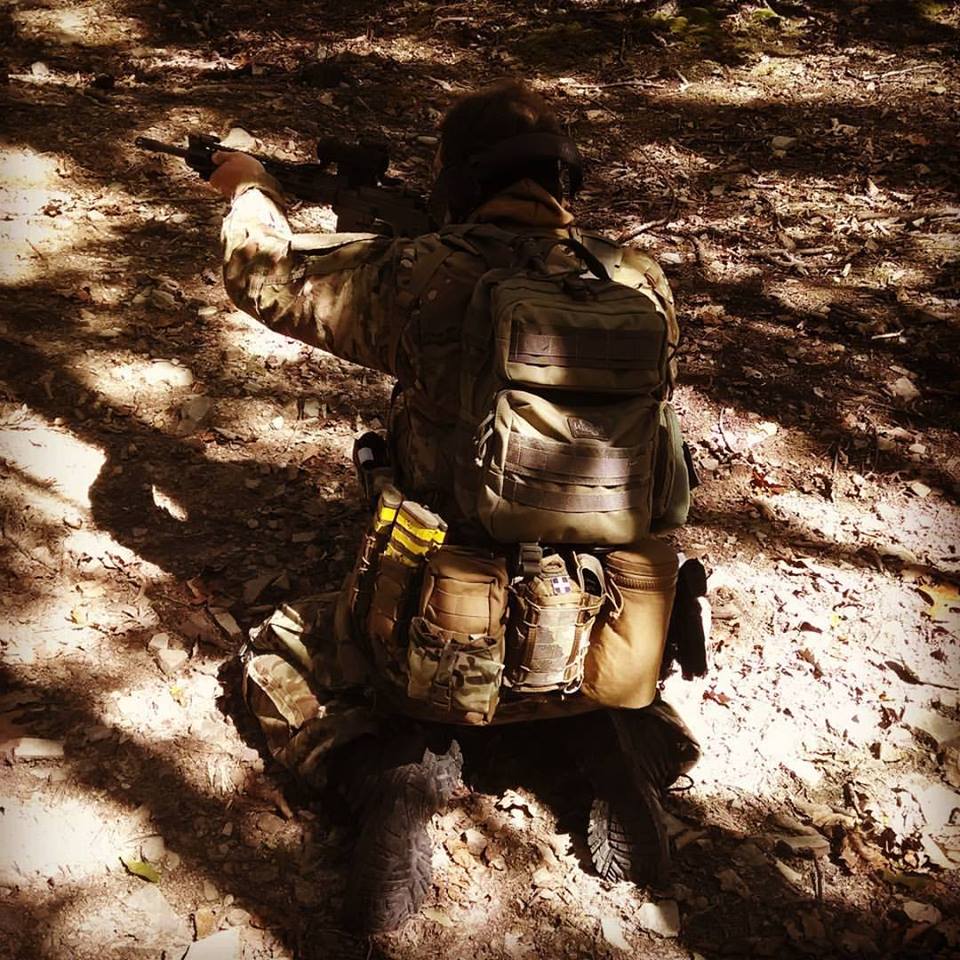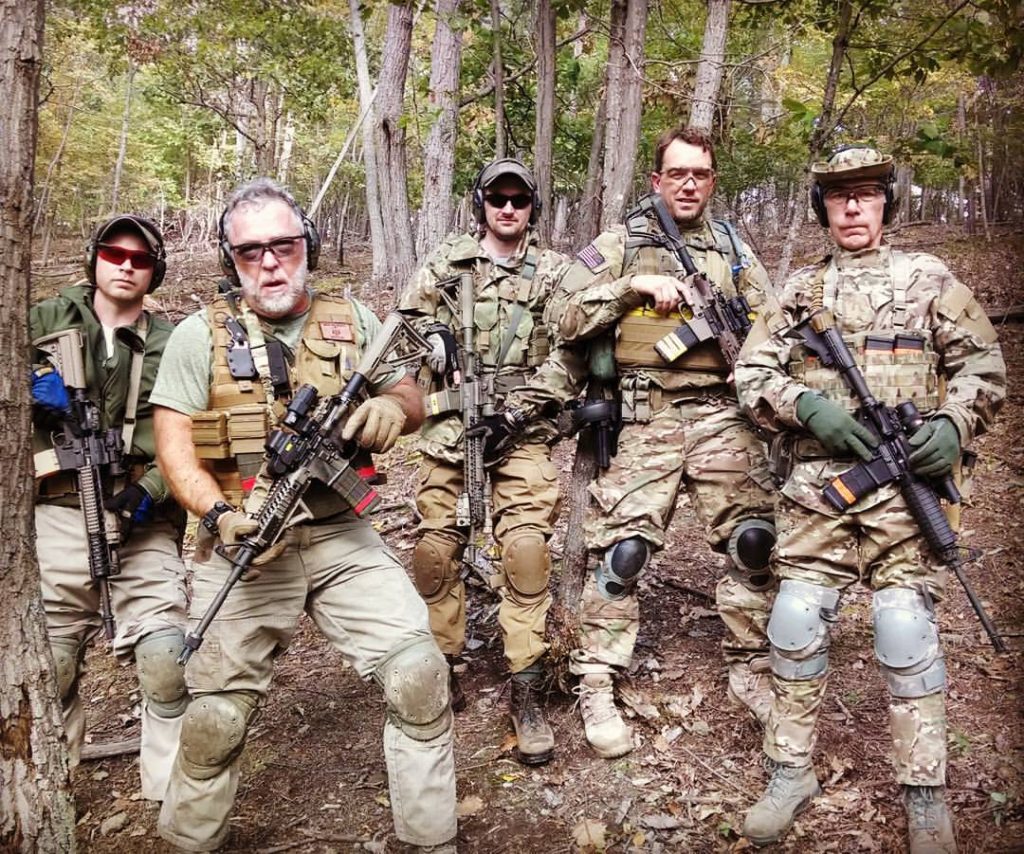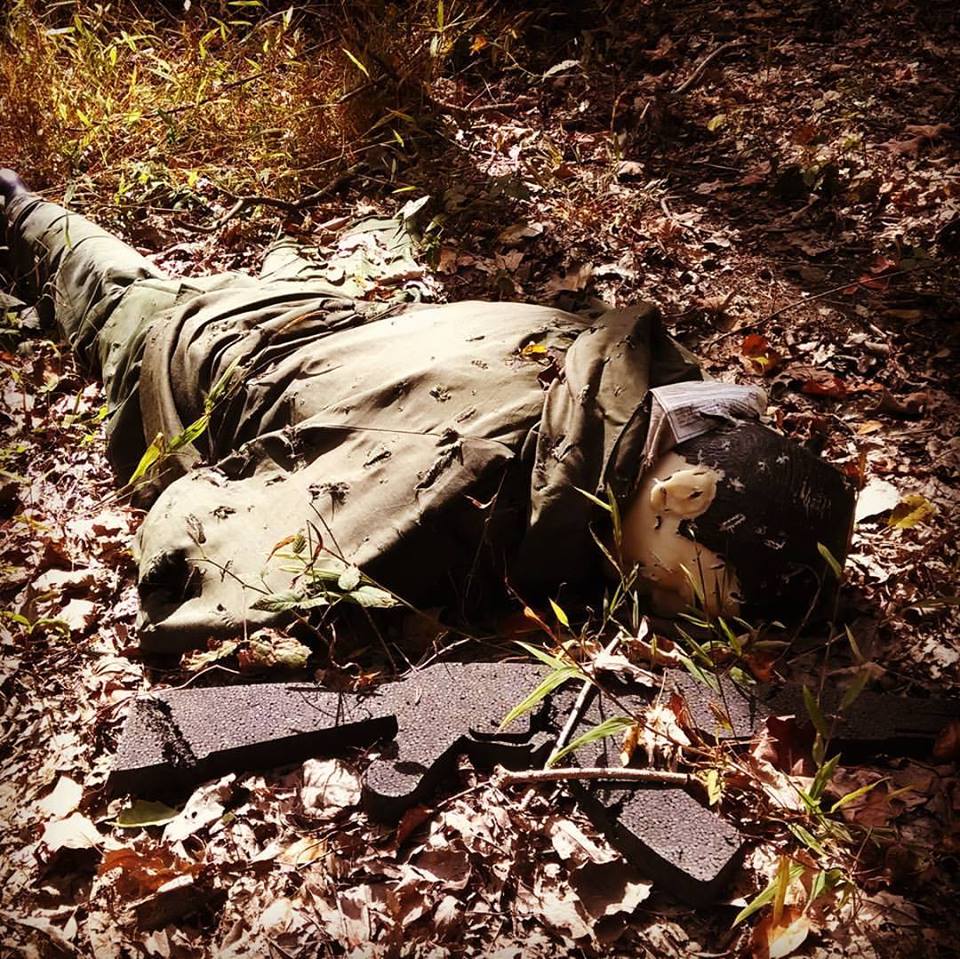Combat Patrol

The good:
- Max seems to continually develop and refine his classes. Honing classes ensures that the content stays sharp, relevant and easily understood. It eludes stagnation and allays student anxiety.
- The day one refresher/review of the skills learned at Combat Team Tactics (CTT). This is absolutely vital to the Combat Patrol (CP) class as we move into environments that the students need to be focused on, and accountable for, their safety.
- The lecture portions of class are thorough and thoughtful. These add vital context and refines the utility of the upcoming drills. Additionally, Max has placed lectures smartly throughout the class which gives the students’ time to physically and mentally recover from the previous drill(s), absorb the lesson, and prepare for the next exercise.
- Max’s teaching method is fantastic. He uses the traditional explain, demonstrate, practice and exercise method of instruction. He will also add in a summary of the last exercise, giving the students feedback on details they may have missed as well as well-deserved reprimands for safety violations that the student may not have observed. He is very alert and aware and has a great ability to recall how well or poorly the drill went.
- Time is not wasted.

What I learned:
- I over-prepared. I had way too much gear. I had three sets of clothing, I needed two at most. I had three pairs of boots, again two was a lot. This came from my previous experience in the Army Reserves, which is big Army oriented in that you are going out as a brigade or battalion, not a small patrol squad. My excess gear stayed in my vehicle or motel room.
- I had more food than I needed. I had 8 MRE’s with me, I needed at most 5.
- The ten dollar butane burner with self-contained piezo ignitor is one of the best purchases I made. The 17oz. butane can is too big.
- Ponchos are fine but bashas are better, however, under nods, I noticed that the multicam bashas looked like white rectangles, while the poncho’s camo, particularly the black elements, is still observable and therefore functional.
- The medium ALICE pack is too small. A large one is fine. This is important if you need to carry recovered items and/or your rain gear. Additionally, the large makes repacking your gear easier. I may have been able to do without the frame which was a nuisance riding on my battle belt.
- A patrol pack is not a hiking/camping pack. The mindsets are different. In patrol, your focus is on rapid deployment and rapid pack. Hiking is more about compartmentalization. The difference is time. Patrol is time sensitive, hiking is a leisure activity. Time spent repacking compartmentalized gear is laborious and a risk to you and your team.
- 50° is colder than you think and warmer than it sounds.
- The Klymit Static V sleeping pad is bigger than I needed. But I already had it and it packed well in my bivy cover. However, I folded over some of the extra length and made a pillow. This was awesome.
- I forgot wet wipes and powder. Though, not much of an issue for this activity, they would have been niceties.
- Try not to let the terrain push you around when moving on an objective. I was pushing to the left when the hill rose on my right, dragging my buddy pair closer to the other pair. Conversely, on another drill, I over compensated by pushing too far away from the other team. Mind your gaps and stay in lane.
- I got myself out of Ivan enough to use left handed shots around cover and to check on my teammates while conducting fire. This is a big step for me as it elevated my awareness of my-self, my environment and my situation.
- When communicating to the other buddy pair, repeating statements helps to ensure the message is received. This is especially useful during live fire exercises, in particular when weapons are down.
- I harbored too much anxiety about the class. There were more than two attendees who were over 60 years old. They did very well. If they can do it, I have little doubt that a 20 something can do it.
- In the course of planning to get to your objective, don’t forget to plan what you do on your objective. We passed on not being compromised; we failed on not identifying a separated enemy encampment.

What I need to improve:
- Communication. I told my weapon several times that it had a malfunction, however, my team likely did not know about it. Turn your head and communicate.
- Sunscreen and bug repellant. I still got some sun on my face, despite the trees and autumn weather.
- Weapons handling can always be improved, though I observed that I was more often automatically performing some actions such as applying the safety when bringing my rifle off target. We should always strive for and work toward perfection. I can do this on the square range.
- Gear selection and vetting. This is tough, because good gear is expensive and a bad purchase may not be refundable. For instance, I didn’t buy a ruck pack because I wanted to see what the other students in class were doing. So I used an old medium ALICE pack. While it worked, I am now better versed on what to look for in a new pack.
- The MVT versa rig is nice and flexible, but I felt it was too wide. But after four days in it, it works great.
- Knee pads are worth their weight in gold. Try to find good ones.
- Night Vision Devices (NVD) are worth their weight in gold. Even my gen-one Armasight Spark Core worked great. Moonlight is better than an IR illuminator because the moonlight lets you see depth.
Other concerns: After reviewing my notes, I noticed that sometimes the lectures push into other topics then rebound. It’s not rabbit-holing, as that is full divergence. This is difficult to follow sometimes. Sometimes it’s necessary to ensure fine details are covered in a subject. Max is still one of the best instructors I have encountered.

